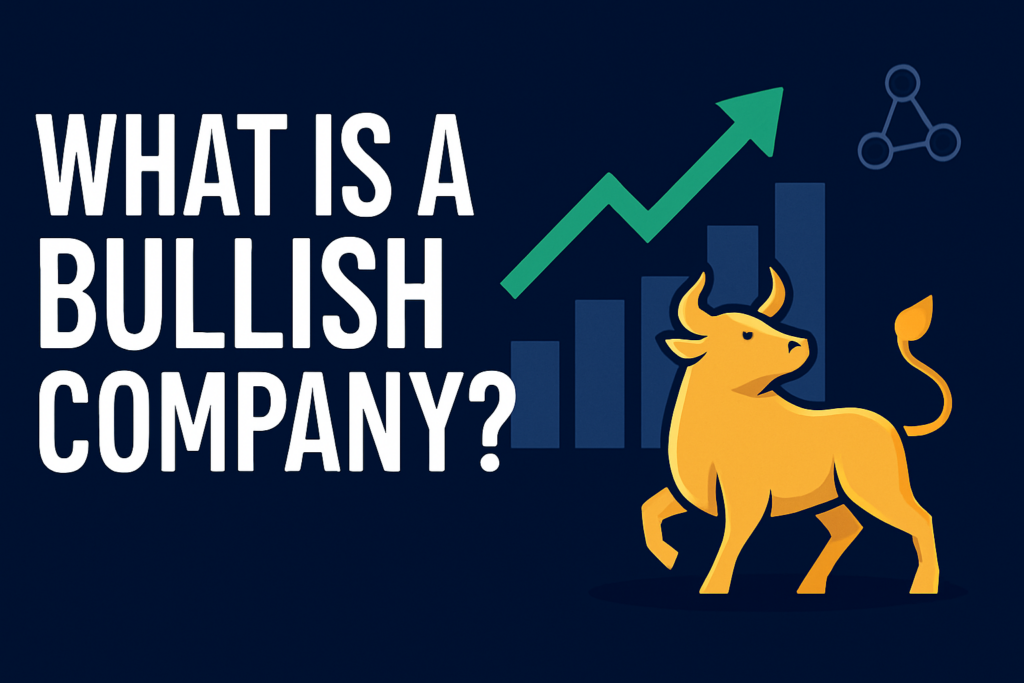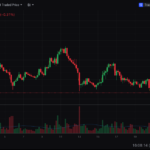Introduction
In financial markets, the term bullish is often used to describe optimism or confidence about a stock, sector, or the overall market. But what exactly is a bullish company, and how can you spot one?
In this article, we break it down in simple terms.
🐂 The Meaning of “Bullish”
Bullish means expecting prices to go up.
A bullish company is one that:
- Attracts positive investor sentiment
- Has strong fundamentals or growth potential
- Often experiences upward momentum in its stock price
💼 Key Traits of a Bullish Company
1. 📊 Rising Stock Price
The stock has been moving up consistently or has just broken out of a resistance level.
2. 💵 Strong Financials
Revenue growth, profit margins, and free cash flow are trending up.
3. 📰 Positive News & Catalysts
Product launches, good earnings reports, new partnerships, or favorable regulations.
4. 🔍 Institutional Interest
Big funds or banks are buying or increasing their holdings — often seen in 13F filings.
5. 📈 Technical Indicators
Bullish companies often show:
- Golden crosses (50-day MA crossing above 200-day MA)
- Strong RSI momentum
- Breakouts from consolidation patterns
🔍 Example (August 2025)
Let’s say Company X just reported record quarterly earnings, announced a partnership with Nvidia, and its stock jumped 12% with high volume.
Analysts upgrade the stock, and trading activity surges.
➡️ That’s what you’d call a bullish company in action.
🧠 Bullish ≠ Guaranteed Profits
Just because a company is bullish doesn’t mean it will stay that way. Trends shift. News fades. Always combine:
- Fundamental analysis
- Technical signals
- Risk management
📌 Conclusion
A bullish company is one with strong momentum and growing investor confidence. Learning to identify bullish setups early can help traders and investors take advantage of uptrends — but timing and discipline are key.







